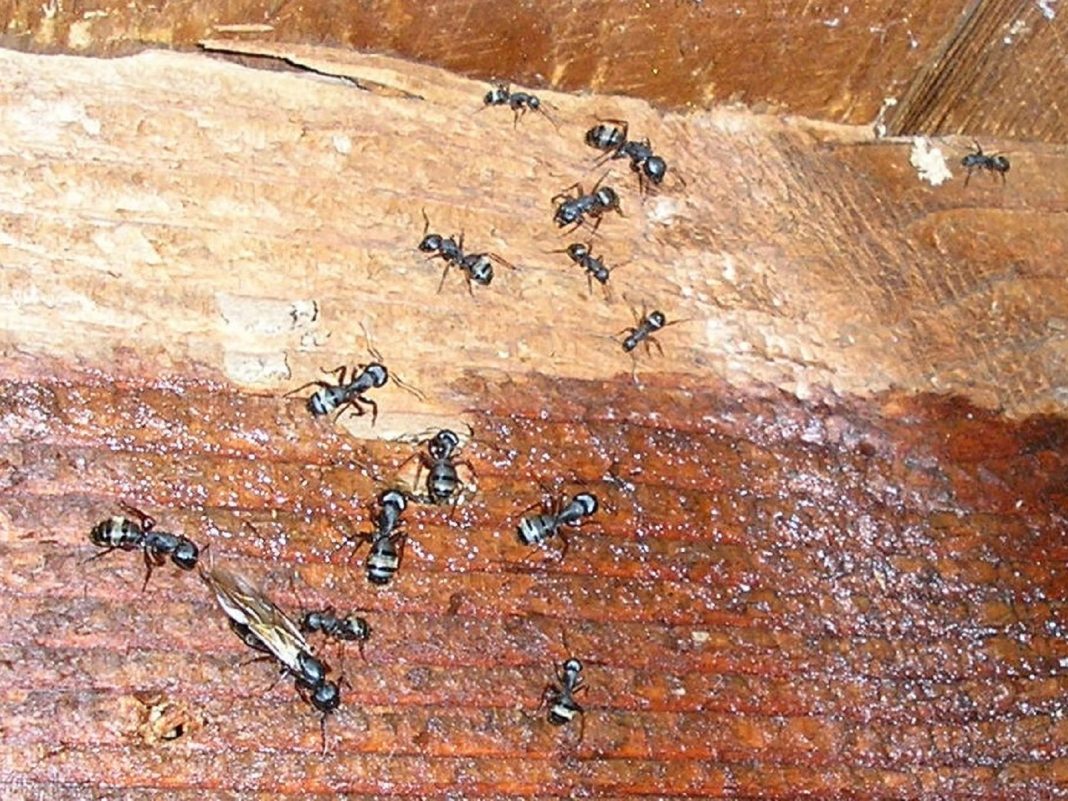Submitted By: Mariah Brand, Rambo Total Pest Control
Pest infestations can be easy to dismiss. However, ignoring the signs can allow bigger problems than just unwanted houseguests. Some pests are designated as wood-destroying organisms (WDOs), which can cause some major damage to wood throughout your home. Some pests, such as rodents, carry diseases, and their presence can cause health issues for the household. Rambo Total Pest Control shares four red flag indicators you may have a pest issue that needs professional attention.
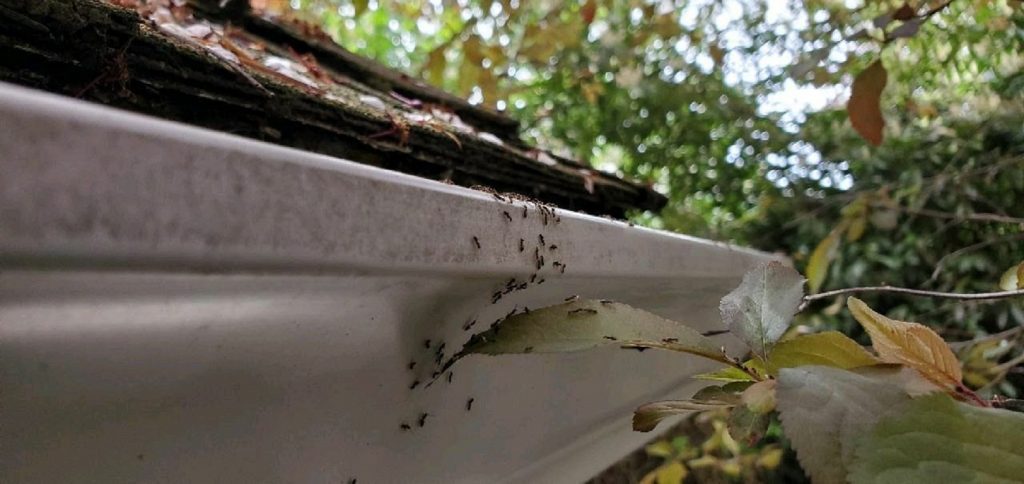
Red Flag #1: Sightings
Each pest sighting can indicate the presence of a larger population on site. Rats and mice are diurnal, which means they are generally most active after dark and less active during the day. If you see live activity in the daytime, this could be a sign that the population around your location has grown so large and competitive that some are forced to be out during the day if they want to find food or water.
Seeing a trail of ants outside does not usually cause concern, but if you have a moment to observe the trail, you may be able to follow the ant trail from their foraging site back to their nest site. If their path leads to your home, it can indicate that the ants have made your home their home.
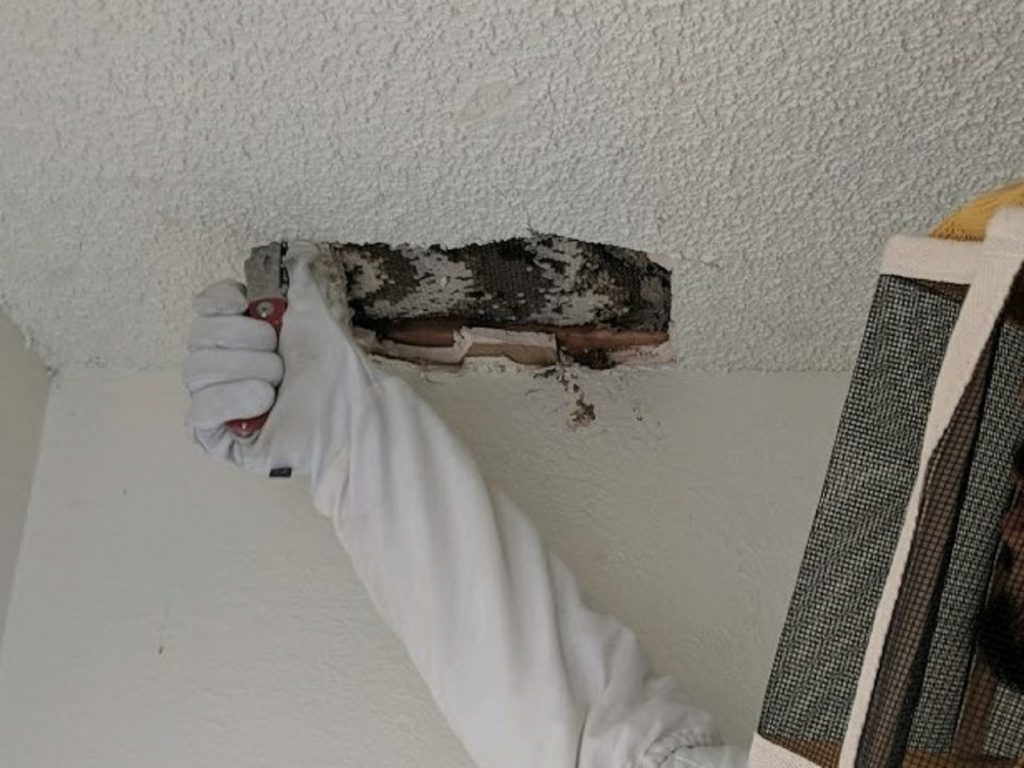
Red Flag #2: Noises
Hearing noises indicates that a pest population has made its way into the structure. Even if the pest population has not made itself visible in the living space, if you hear noises, action should be taken. Otherwise, it’s often only a matter of time before the issue makes its way into the living area. Some may think that only larger pests like rodents or wildlife would be able to make noticeable noises from the wall void spaces or attics. These can sound like scratching, scurrying, thumping, or gnawing. However, a keen ear may also be able to identify a yellowjacket nest or even a carpenter ant infestation if one knows what to listen for!
Yellowjackets can nest inside wall voids, crawlspaces, and attic spaces in the summer months. One may hear a clicking or popping noise, similar to the sound of popcorn being popped in the microwave, if there is an active nest in these areas. This is partly caused by their chewing mouthparts working away at the drywall, indicating that prompt action should be taken. Rambo Total Pest Control often takes calls for nests like this, and sometimes all that’s found to remain between these stinging insects, and the family room is a thin layer of paint!
Carpenter ants are a Primary Wood Destroying Organism, which means they infest both damaged wood and structurally sound wood. Carpenter ants can work quickly with their large mandibles to carve out a nest inside the good, solid wood of an otherwise perfect home. If you suspect a nest, listen for a crinkling or rustling noise in that area at night or when the house is quiet.
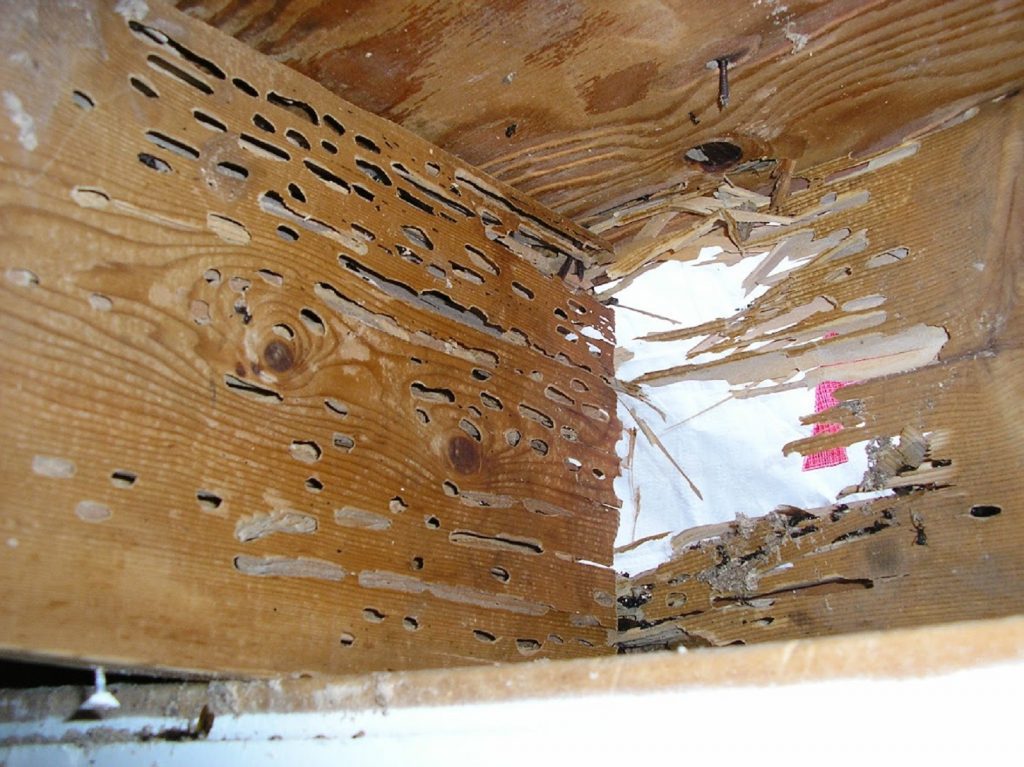
Red Flag # 3: Damage & Evidence
You might be surprised, many WDO infestations can be identified based on the damage alone. Sometimes, a person may wipe up a small pile of sawdust several times, only to have it reappear in the same spot a while later. When this happens, the sawdust may actually be frass — a pile made up of fine wood particles, excrement, and insect body parts found near the entrance of a nest site that has been pushed out by insect pests like termites or carpenter ants.
Sometimes, when pest issues are first identified, the evidence is labeled as “old,” but when it comes to rodent droppings, once they initially dry out, they look exactly the same for the rest of eternity. In this case, “old” evidence can mean anywhere from two weeks to 50 years old. The only difference might be a layer of dust on the really old droppings.
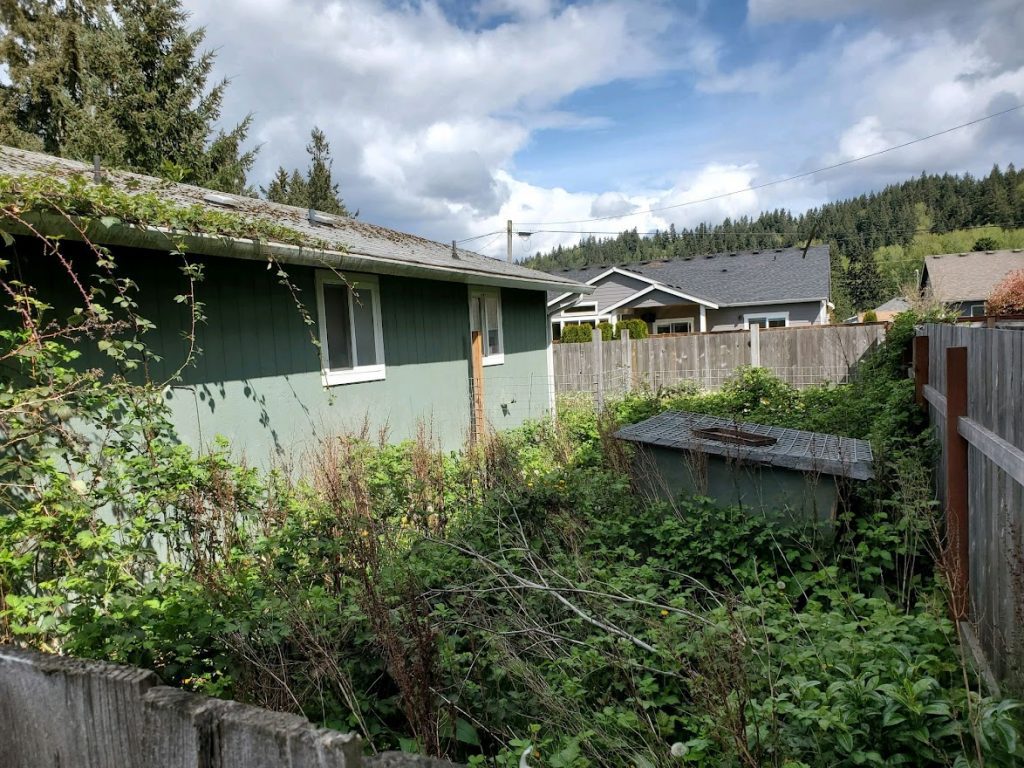
Red Flag #4: Conducive Conditions
A little clean-up can go a long way. Conducive conditions are any conditions on a property that provides food, water, or harborage for pests. Even if a home has no active pest issues, if conducive conditions are present, they attract unwanted pests to the property.
Some examples of correcting conducive conditions might include removing clutter from the yard, pulling stored items away from the structure, trimming back overgrown foliage, addressing standing water, and eliminating potential food sources. For more information on conducive conditions or how to reduce pest attraction to your structure, visit Rambo Total Pest Control’s website!
Sponsored


































